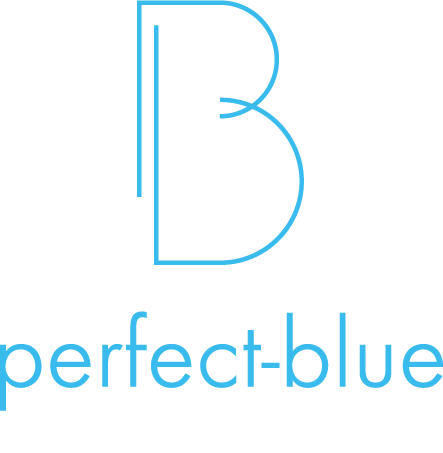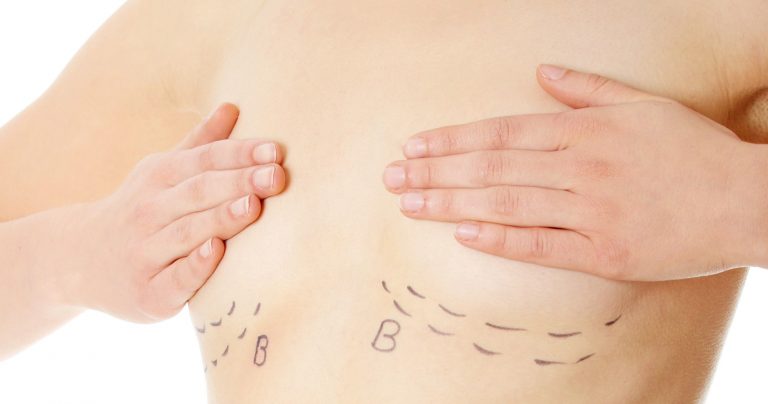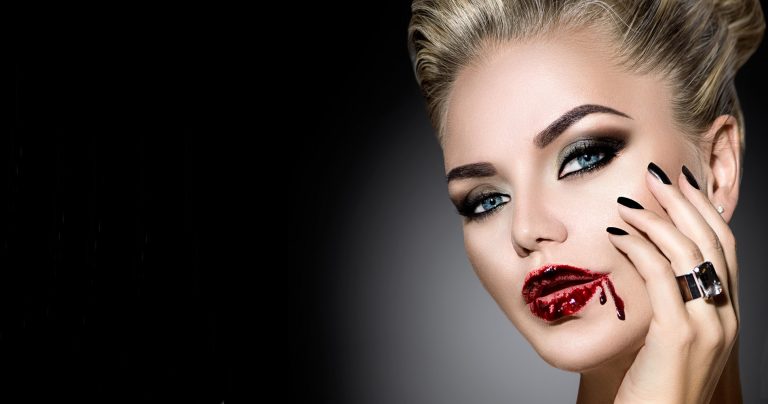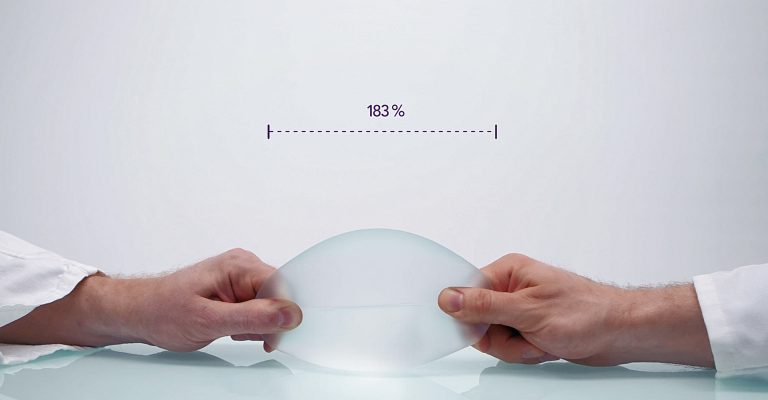Plastic & Cosmetic Surgery • 30 Jul 2018
Botox, Fillers, Hydroxyapatite… What’s the Difference?
Non-operative treatments for facial rejuvenation have gained significant popularity in the last decade. While there are many reasons for this, some are more important than others. The lower cost and downtime compared to operative procedures make these treatment options popular among patients that are willing to see rapid and natural results with the least possible inconvenience. These treatments can provide results that last anywhere from months to years, depending on the material used and the injection technique applied. Significant confusion seems to exist among patients with regards to the difference between the various non-invasive treatment options for facial skin rejuvenation. Botulinum toxin type A (commonly known as Botox) and dermal fillers may be used to treat wrinkles on the face and are both long-lasting treatments. Each treatment is also delivered via injection. However, there are several differences between the two to consider.
Botox
Botox itself is a muscle relaxer made from bacteria. It’s been on the market for over two decades, and has been used to treat neurological disorders that cause muscle weakness. It’s also used for the treatment of migraines and other medical conditions. For wrinkle treatment, Botox is primarily used to treat dynamic wrinkles. These wrinkles occur naturally around the eyes and mouth, as well as in between your eyebrows. They become more pronounced with age. Botox injections relax the muscles near these wrinkles. Not allowing the muscles to move reduces the appearance of dynamic wrinkles, therefore Botox can also be used prophylactically to prevent the appearance of such wrinkles in the first place. Botox is not used for fine lines caused by collagen breakdown.
Botox is injected at certain anatomical points on the face, in the muscles that contribute to the specific wrinkles to be treated. The injection process itself takes just a few minutes with noticeable results within two weeks. Botox injections produce results for most people. Fist results are noticeable within 4 days to one a week following the injection. Side effects are minimal, and most go away after a short time. However, in the wrong hands, Botox injections can cause unwanted aesthetic and functional complications, such as facial asymmetry or droopy eyelid. It is therefore important to have Botox injections carried out only by a Board-Certified plastic surgeon. Daily activities can be resumed almost immediately following the injection, without any recovery time. The effects of Botox last about 3 to 4 months. Additional treatments are needed every 6-8 months in order to maintain the results.
Dermal fillers
Dermal fillers also treat wrinkles on the face. They’re primarily used to treat smile lines, though the fillers can also be used to plump up the lips or cheeks. Sometimes, they’re used for hand treatments or to reduce the appearance of scars. Dermal fillers come in different forms, and like Botox, they’re injectable. Some are temporary and used primarily for soft tissues in the face along the smile lines. There are various FDA-approved fillers in the market, such as:
• hyaluronic acid, a temporary material that loses its effect after 6 to 12 months
• collagen, a temporary material that lasts for up to four months
• calcium hydroxylapatite (Radiesse), a temporary gel solution that lasts for 18 months
• poly-L-lactic acid (Sculptra, Sculptra Aesthetic), a man-made material that lasts about two years
• polymethylmethacrylate beads, the only permanent type of dermal filler available
Hyaluronic acid (HA) and collagen are two of the most widely used fillers. They are naturally occurring substances within human skin. HA fillers work by binding water molecules, thus producing soft tissue augmentation and smoothing of dermal wrinkles through a hydrophilic effect. They can be injected deep or superficial, depending on the treatment area. Collagen fillers, on the other hand, function by structurally filling the small dermal defects/gaps within wrinkles and stimulating various cellular reactions to regenerate the skin and replenish the collagen lost or altered as a result of aging or photodamage.
Hydroxyapatite-based fillers provide a good alternative compared to collagen-based and hyaluronic acid-based fillers. Hydroxyapatite is a sensible choice of a material for a wrinkle filler. It is a nontoxic, biodegradable, biocompatible mineral naturally found in human teeth and bones. Prior to its introduction in cosmetic dermatology, hydroxyapatite has been successfully used in dental implants, bone grafting and other medical procedures for years. Chemically, hydroxyapatite is a calcium phosphate-based mineral. Radiesse, a well-known Hydroxyapatite-based filler, consists of small hydroxyapatite microspheres (particles) suspended in a gel-like solution. The most common uses of hydroxyapatite-based cosmetic fillers are moderate-to-deep wrinkles, facial folds, loss of facial fat (lipoatrophy) and similar problems.











